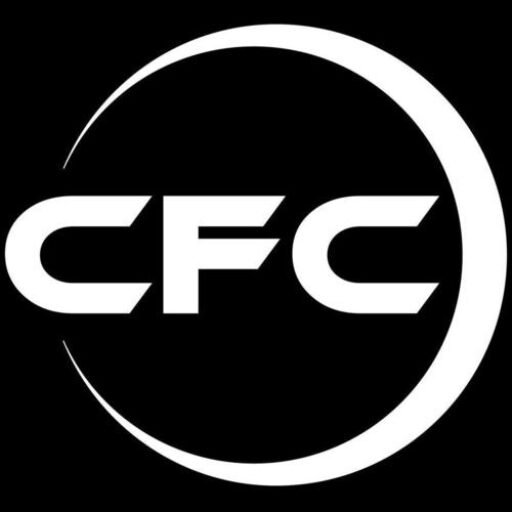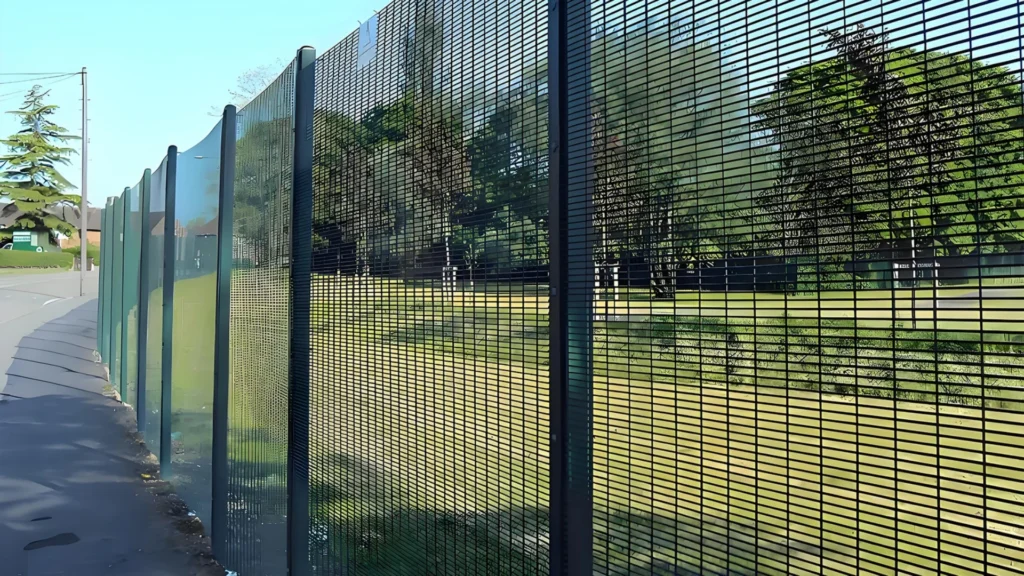(ASTM, EN, BS, AS/NZS)for Chain Link Fences
When YOU are coming to fencing selection, chain link fences are one of the most popular and versatile fencing solutions used worldwide. Whether you’re securing a residential yard, an industrial facility, or a sports field, chain link fencing can offer a great balance of security, durability, and cost-effectiveness.
But for some clients who are new to fencing domain, or those who are managing fencing projects across different countries, then you may encounter terms like ASTM, EN, BS, or AS/NZS related to standards. So what do these terms mean, and why do they matter so much?
Let’s break it down today.
🔗 What is a Chain Link Fence?
First of all we need to know what a chain link fence is, A chain link fence is a woven fence made from galvanized and coated steel wire. It’s formed into a diamond pattern using a special weaving process. The key components of a chain link fence are included:
- Mesh wire (fabricor material)
- Posts (line posts, corner posts, terminal posts,gate posts)
- Fittings ,connectors and tensioning accessories
- Fencing Gates (if required)
Chain link fences are known for:
- Low cost relatively
- Easy installation for different conditions
- Visibility to see through
- Durability against weather and impact because of zinc coating and PVC coating
📐 Why Standards Matter in Chain Link Fencing
Just like any other construction product, chain link fences must meet quality and safety standards—especially for projects involving public infrastructure, government tenders, or export.
International standards can define:
- Wire thickness (gauge 6,9,11,12 for example)
- Coating types (galvanized, PVC, zinc-aluminum for instance)
- Mesh opening sizes(50mm*50mm normally)
- Tensile strength(Tensile Strength(MPa)375/500)
- Corrosion resistance(366 Comforms to ASTM A392)
- Installation procedures(Free direction)
Meeting the correct standard ensures the fence is strong, safe, and long-lasting, and helps avoid legal or performance issues as well.
🌍 Common Fence Standards and What They Mean
Here’s a simple explanation of the four major standards you’ll encounter:
1. ASTM (American Standard – USA)
ASTM = American Society for Testing and Materials
Common International Standards Used:
- ASTM A392: Standard for zinc-coated chain link fence fabric
- ASTM F668: Polyvinyl chloride (PVC) coated fence systems
- ASTM F1043: Framework for chain link fences (posts and rails)
- ASTM F567: Installation of fencing systems
Key Features:
- Focused on durability and material strength
- Widely used in North America and international exports
- Defines coating thickness, fabric height, wire diameter, and tensile strength
2. EN (European Norm – EU)
EN = European Norm (Standard)
Common Standards Used:
- EN 10223-6: Steel wire and mesh for fencing purposes
- EN 10244-2: Coating properties for galvanized wire
- EN 1176-1 (for playground fencing)
Key Features:
- Precise definitions for mesh size, coating, and fabrication
- Focused on safety, corrosion protection, and environmental durability
- Essential for projects in the European Union and affiliated countries
3. BS (British Standard – UK)
BS = British Standards
Common Standards Used:
- BS 1722 Part 1, 2, 10: Fencing types, including chain link, welded mesh, and security fencing
- BS EN 10223-6: Adopted version of the European standard for chain link
Key Features:
- Often used for public works, schools, and government projects in the UK
- Emphasizes consistent product performance and installation guidance
- Closely aligns with EN standards post-Brexit, but may have local preferences
4. AS/NZS (Australian/New Zealand Standard)
AS/NZS = Australian/New Zealand Joint Standard
Common Standards Used:
- AS 1725.1 – 2010: Chain link fabric fencing—Product specification
- AS/NZS 4534: Zinc and zinc alloy coatings
Key Features:
- Addresses coastal conditions and UV resistance important for harsh Australian climates
- Mandates specific galvanizing thickness and fabric tensioning
- Necessary for compliance with Australian government or council projects
🧩 Matching Fence Standards to Your Project
| Region / Market | Recommended Standard | Notes |
|---|---|---|
| United States, Canada | ASTM | Best for government, commercial, and residential jobs |
| European Union | EN | Required for CE marking and public tenders |
| United Kingdom | BS or BS EN | Used in public infrastructure, schools, and parks |
| Australia / New Zealand | AS/NZS | Required for commercial, security, or coastal projects |
| Middle East / Africa | ASTM or BS | Depends on project specs—both commonly accepted |
| Southeast Asia / Export | ASTM / EN / BS | Use based on customer requirements or tender documents |
✅ Final Tips for Clients Choosing Chain Link Fences
- Ask for the standard: Make sure your supplier specifies which standard the fence complies with.
- Check wire diameter and coating: These affect durability and long-term performance.
- Match local regulations: Especially for schools, sports grounds, highways, or government installations.
- Ask for test certificates or inspection reports: Reputable suppliers can provide these to prove compliance.
🛠️ Need Help to Choose the Right Chain Link Fence?
If you’re unsure or uncertain of which specification is best for your fencing project, a qualified fencing supplier-China Fence Company can guide you based on your location, application, and budget. Choosing the correct standard-compliant chain link fence means better safety, longer lifespan, and smoother approvals for any kind of construction project.
Add WhatsApp:+86 138 1087 4664 for further information




